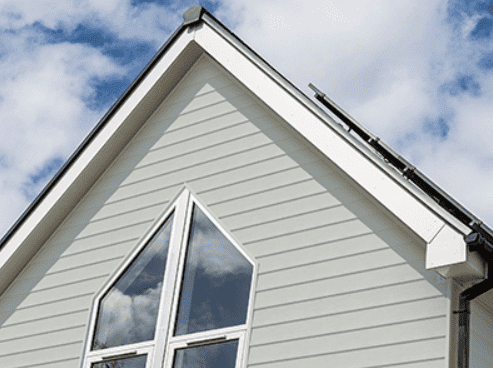 Add My Company
Add My Company
What is Composite Coastline Cladding

Understanding Coastline Composite Cladding: A Comprehensive Guide
In the realm of modern construction and exterior design, Coastline Composite Cladding has emerged as a game-changer. This innovative material offers a blend of aesthetics, durability, and low maintenance, making it an ideal choice for various applications. But what exactly is Coastline Composite Cladding, and why is it gaining such popularity? Let’s dive in and explore everything you need to know about this versatile cladding solution.
What is Coastline Composite Cladding?
Coastline Composite Cladding is a type of exterior wall covering made from a combination of synthetic materials. Typically, it includes a blend of polymers and other compounds designed to mimic the appearance of traditional wood or other natural materials. This cladding is engineered to provide enhanced durability, weather resistance, and ease of maintenance, making it an attractive option for residential and commercial buildings.

Key Components and Composition
Polymers: High-quality polymers are the primary component of Coastline Composite Cladding, giving the material its flexibility and resistance to environmental factors.
Additives: Various additives enhance UV resistance, colour retention, and structural integrity.
Surface Coating: Many composite cladding products feature a protective surface coating that increases resistance to scratches, stains, and fading.
Benefits of Coastline Composite Cladding
Aesthetic Appeal:
- Variety of Designs: Available in a wide range of colours, finishes, and textures, Coastline Composite Cladding can mimic the look of natural wood, stone, or other materials, providing a high-end appearance without the associated maintenance.
- Customisable: It offers the flexibility to create unique architectural designs, allowing homeowners and designers to achieve their desired look.
Durability:
- Weather Resistant: Designed to withstand harsh weather conditions, including heavy rain, wind, and UV exposure, without deteriorating.
- Long-Lasting: Unlike traditional wood, composite cladding does not warp, rot, or split over time, ensuring longevity.
Low Maintenance:
- Easy to Clean: Requires minimal maintenance, typically occasional washing with soap and water to keep it looking new.
- No Painting or Staining: Unlike wood, it doesn’t need regular painting or staining, saving time and money.
Environmental Impact:
- Sustainable: Many composite cladding products are made from recycled materials, contributing to environmental sustainability.
- Energy Efficient: It can also help improve the energy efficiency of buildings by providing an extra layer of insulation.
Installation:
- User-Friendly: Lightweight and easy to handle, making the installation process quicker and more straightforward than traditional materials.
- Versatile: Suitable for new builds and renovations and can be applied over various substrates.
Applications of Coastline Composite Cladding
Residential Buildings:
- Exterior Walls: Perfect for enhancing the exterior look of houses, providing a modern and clean finish.
- Extensions and Renovations: Ideal for updating older properties or adding a contemporary touch to new extensions.
Commercial Properties:
- Office Buildings: Used to create visually appealing and professional exteriors.
- Retail Spaces: Helps in attracting customers with its stylish appearance.
Public Buildings:
- Schools and Libraries: Offers a durable and attractive solution for public infrastructure.
- Healthcare Facilities: Ensures a hygienic and easy-to-maintain exterior.
Installation Process
Preparation:
Ensure the surface is clean and dry. Measure and cut the cladding panels to the required size.
Fixing:
Secure the panels using appropriate fixings, ensuring they are aligned correctly.
Finishing Touches:
Apply trims and edge pieces to complete the look, ensuring all joints are properly sealed to prevent water ingress.
Maintenance Tips
Regular Cleaning:
Use a soft brush or cloth with mild soap and water to clean the surface.
Inspect Regularly:
Check for any signs of damage or wear and address them promptly.
Avoid Harsh Chemicals: Do not use abrasive cleaners or solvents that could damage the surface coating.
Conclusion
Coastline Composite Cladding is an innovative solution that combines beauty, durability, and ease of maintenance. Its ability to mimic the appearance of natural materials while offering superior performance makes it an ideal choice for a wide range of applications. Whether updating your home’s exterior or designing a new commercial building, composite cladding provides a versatile and sustainable option that enhances aesthetics and functionality.
By choosing Coastline Composite Cladding, you invest in a product that delivers long-term value, reduces maintenance efforts, and contributes to a more sustainable future. Explore the full potential of this remarkable material and transform your building’s exterior with ease and style.
For more information on What is Composite Coastline Cladding talk to Cladding Roofline
